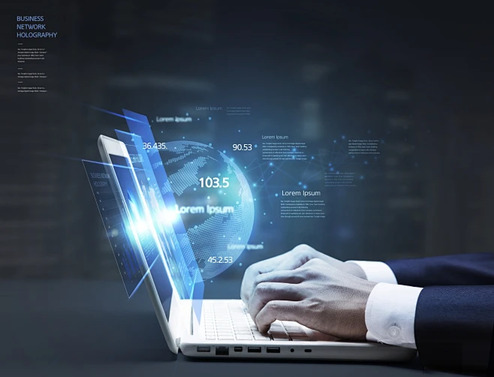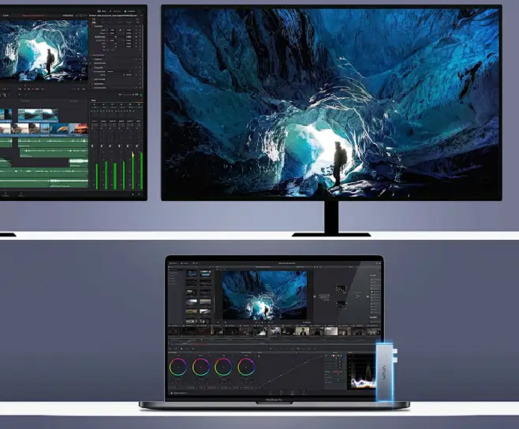
In today's digital age, screen technology continues to evolve, with touchscreens and traditional monitors emerging as two mainstream interaction methods, each offering unique advantages. Understanding their differences can help us make smarter choices for work, study, and entertainment.
A touchscreen is a display technology that allows direct interaction via fingers or a stylus, combining input and output functions into one intuitive experience. Touchscreens are widely used in smartphones, tablets, all-in-one computers, and public information terminals.

Intuitive Interaction: No external devices are needed; direct finger or stylus input enables quick tasks like tapping and swiping.
Portability: Commonly found in mobile devices, they are lightweight and ideal for on-the-go use.
Multifunctionality: Supports gestures (e.g., zooming, rotating), enhancing user experience.
Versatility: Perfect for fields requiring direct interaction, such as education, design, and retail.
However, touchscreens also have limitations, such as potential arm fatigue during prolonged use and lower precision for tasks like drawing or text input compared to traditional input devices.
Traditional monitors typically require external peripherals like keyboards and mice. They are renowned for high resolution, large sizes, and stable display performance, making them ideal for office work, gaming, and professional design.

High Precision: Ideal for tasks demanding fine detail, such as video editing, programming, or graphic design.
Comfort: Paired with keyboards and mice, they reduce fatigue during long work sessions.
Immersive Experience: Larger screens provide broader views, suitable for multitasking or immersive entertainment.
Cost-Effectiveness: Typically more affordable than touchscreens of the same size.
On the downside, traditional monitors lack direct interaction capabilities and may feel less convenient in scenarios requiring quick input.
When deciding between a touchscreen and a traditional monitor, consider the following:

Usage Scenario:
For mobile work or frequent interaction (e.g., presentations, teaching), a touchscreen is superior.
For stationary work or professional tasks (e.g., coding, design), a traditional monitor is more suitable.
Budge:
Touchscreens are generally more expensive, while traditional monitors offer better value for money.
Health and Comfort:
Prolonged touchscreen use may cause fatigue, whereas traditional monitors with peripherals are more ergonomic.
Functional Needs:
Opt for a touchscreen for efficient interaction; choose a traditional monitor for superior display quality and precision.
Touchscreens and traditional monitors each have their strengths. The right choice depends on your specific needs. Touchscreens revolutionize interaction with their intuitiveness and portability, while traditional monitors remain the go-to for stability and precision in professional settings. Whether you're a productivity-driven professional or a detail-oriented creative worker, selecting the right screen technology can truly elevate your efficiency and experience.
Name: lily
Mobile:8613684959210
Tel:0755-27325331
Whatsapp:8618573329919
Email:sales12@huayuan-lcd.com
Add:Factory No.9, Zhongnan High-tech Intelligent Manufacturing Industrial Park, Tianyuan District, Zhuzhou,Hunan, China, 412000